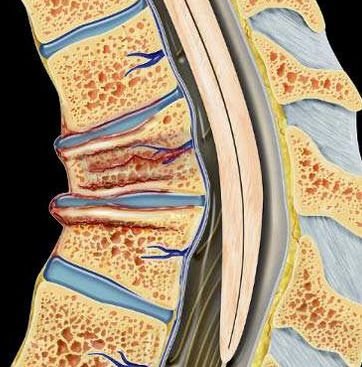Atlas (C1) fractures
Atlas (C1) fractures
The atlas is the first cervical vertebra (C1) at the top of the spine, supporting the skull and enabling head rotation and flexion. A fracture of this vertebra—commonly known as an Atlas or C1 fracture—is a serious cervical spine injury that may occur from high-impact trauma, such as road traffic accidents or falls. In Bangladesh, where motorbike accidents, falls from rooftops, and unsafe transport systems are frequent, Atlas (C1) fractures are an important clinical concern. Prompt diagnosis and appropriate treatment are essential to prevent spinal cord injury, paralysis, or death. Bangladesh Context: Why C1 Fractures Are Rising With increasing road congestion and poor road safety measures, cervical spine injuries are becoming more common in both urban and rural parts of Bangladesh. Atlas fractures are often underdiagnosed in emergency rooms, due to a lack of proper trauma evaluation protocols and limited access to cervical CT scans in smaller hospitals. Dr. Md. Nafaur Rahman, a pioneer in pediatric and adult spinal trauma care in Bangladesh, offers specialized assessment and surgical intervention for C1 fractures using international standards adapted to the Bangladeshi healthcare environment. Causes of Atlas (C1) Fractures Atlas fractures typically occur due to axial loading of the head onto the spine, often from: Motorbike or rickshaw accidents Falls from staircases, trees, or beds Diving into shallow water Physical assault or child abuse (non-accidental trauma) Sports injuries (wrestling, gymnastics, football) Types of C1 Fractures Atlas fractures can be classified based on fracture pattern and stability: Posterior Arch Fracture Anterior Arch Fracture Lateral Mass Fracture Jefferson Fracture (Burst Fracture of C1) – Most severe, involves multiple fracture lines Isolated C1 Ring Fracture Each type has varying degrees of spinal instability and risk of neurological compromise. Clinical Presentation Children and adults with C1 fractures may present with: Neck pain and stiffness Restricted head movement Neurological symptoms (in severe or unstable cases) Tingling or weakness in limbs Loss of consciousness in high-impact trauma Torticollis or abnormal neck posture in pediatric patients Diagnostic Workup in Bangladesh Early detection can be life-saving. Dr. Nafaur Rahman ensures thorough diagnostic evaluation including: CT scan of the cervical spine – Gold standard for bone visualization 3D CT Reconstruction – Helps surgical planning MRI cervical spine – To assess spinal cord and ligament involvement Dynamic X-rays – Used cautiously, only after stability is confirmed Many cases are missed on plain X-ray, making CT scan essential in all high-risk trauma cases. Treatment Approaches: Conservative vs Surgical The choice of treatment depends on the type of fracture, degree of displacement, and neurological status. ✅ Non-Surgical Management (For Stable Fractures) Rigid cervical collar or halo vest immobilization for 8–12 weeks Pain management and anti-inflammatory medications Close radiological monitoring to ensure healing Physiotherapy to regain neck mobility post-healing Dr. Nafaur Rahman tailors non-operative care based on fracture stability, particularly in pediatric patients, where conservative management is often effective. ✅ Surgical Management (For Unstable or Displaced Fractures) Surgery is necessary when: Fracture is unstable or displaced Associated with transverse ligament rupture Patient has neurological deficits There's failure of conservative management Surgical options include: C1-C2 Fusion (Goel-Harms technique) Occipitocervical fusion (in complex craniovertebral injuries) Posterior fixation with lateral mass screws Intraoperative neuromonitoring to protect spinal cord function Dr. Nafaur Rahman utilizes modern spinal instrumentation systems and follows strict infection control protocols in surgery to ensure safety and long-term stability. Postoperative Care and Prognosis Hospital stay: Typically 5–7 days Follow-up X-rays and CT scans to confirm healing Rehabilitation with neck support and physiotherapy Return to school or work depends on neurological recovery With timely intervention, most patients recover fully without permanent disability. Why Choose Dr. Md. Nafaur Rahman? ✔️ Expert in pediatric and adult cervical spine trauma ✔️ Special focus on complex upper cervical injuries ✔️ Advanced training in C1-C2 fixation and craniovertebral surgery ✔️ Practices at NINS – the country’s leading neurosurgical institute ✔️ Offers care at Bangladesh Paediatric Neurocare Centre Book a Consultation for Atlas (C1) Fracture Evaluation 📌 Dr. Md. Nafaur Rahman Assistant Professor, Department of Pediatric Neurosurgery, NINS Chief Consultant, Bangladesh Paediatric Neurocare Centre 📞 For Serial/Appointment: 📱 +8801912988182 | +8801607033535 🌐 Website: www.neurosurgeonnafaur.com










